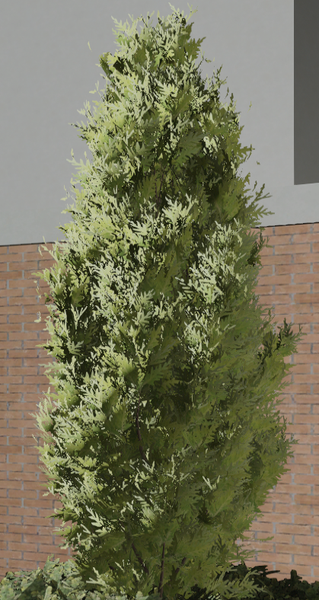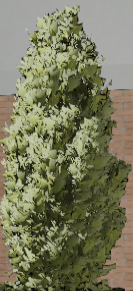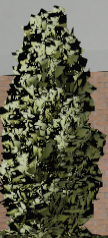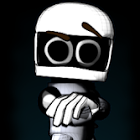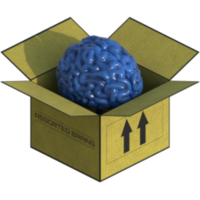evelyn4you said:
Suppose we have a mask texture. within a big filled circle ( opaque ) => totally white , the surrounding space => ( full transparent) => totally black
In this example you get away without mips, because a circle is a perfect solid shape. A sample point moving in a straight line over the image will give us a sequence of 0,0,0,1,1,1,1,1,0,0,0 values, which is a signal of low frequency, and higher mip map will give 0,1,0, which is a good representation of this signal.
But if you think of an alpha mask of a tree branch, that's thicker branches growing out thinner and more branches, with some small leafs at the end. Our sample point will give a sequence of 0,0,1,0,0,1,1,0,1,0,1, which is high frequency. If we move our sampling line only slightly, we might get a very different sequence form the same image. And a smooth camera animation would cause temporal noise due to high variance on our sampled sequences.
A mip of this input can not represent the HF signal well, but its signal is spationally consistent and stable to small sampling offsets, so we won't have temporal noise issues for our animation.
evelyn4you said:
My first idea was, to define the texture values in the masked region not black but green, so a kind of washed out / blur would appear with growing lod, which actually is what we would prefer. But if i do this the silhouette of the mesh changes ( will become bigger ) which is seen obviously.
The proper way to solve this is 'texture dilation'. Various DCC tools should have automated processes to help with this.
I know two basic methods:
1. Calculate a signed distance field from the alpha mask. For each unmasked texel, search the closest masked color following the gradient of decreasing distance.
2. Make a blur of the masked image, combine it with the unblurred masked image. This adds one more row of color information. Repeat the process until no unmasked texels remain or you have enough border.
The second seems easier to implement, and alse gives better quality because new texels are an average of former texels.
I always did this manually using Photoshop, which can be automated too using recorded actions. But there should be an easier way using some specific tools i guess.




